Having written a couple of posts about Austrian food, we now need something to wash it all down with. So, what better way to start than by introducing Austria’s most important Gruner Veltliner wine. In our sister company, Venture Vienna, we operate wine tours to some of Austria’s key wine producing regions and top wineries, so we’ve accumulated a whole lot of knowledge through laboriously sampling these Austrian white wines. Suffice to say, we know what we’re talking about. This post is a deep dive into Austria’s signature grape, so we’re covering where it grows, what it needs, its characteristics, Gruner Veltliner food pairings and where to buy Grüner Veltliner wines in the US, the UK, Ireland and Oz. But before we get into all that, let’s first engage in a little bit of silliness, as is customary here at The Travel Tortoise…
Gruner Veltliner Wine
GV on Tinder...
Hi, I'm Grüner Veltliner, but you can call me Grüner ;-). I'm caucasian, and I'm from Austria. If I had to describe some of my key character traits, then I guess I'd say that I have a dry sense of humour, but I bet I can always make your mouth water 😉 When I was younger, exes would often describe me as a bit "fruity" and perhaps a little "green", but always "refreshing". Now that I am a little older and have matured, I've definitely become more self-assured and bold. My ideal match? Well, just read on to find out more...
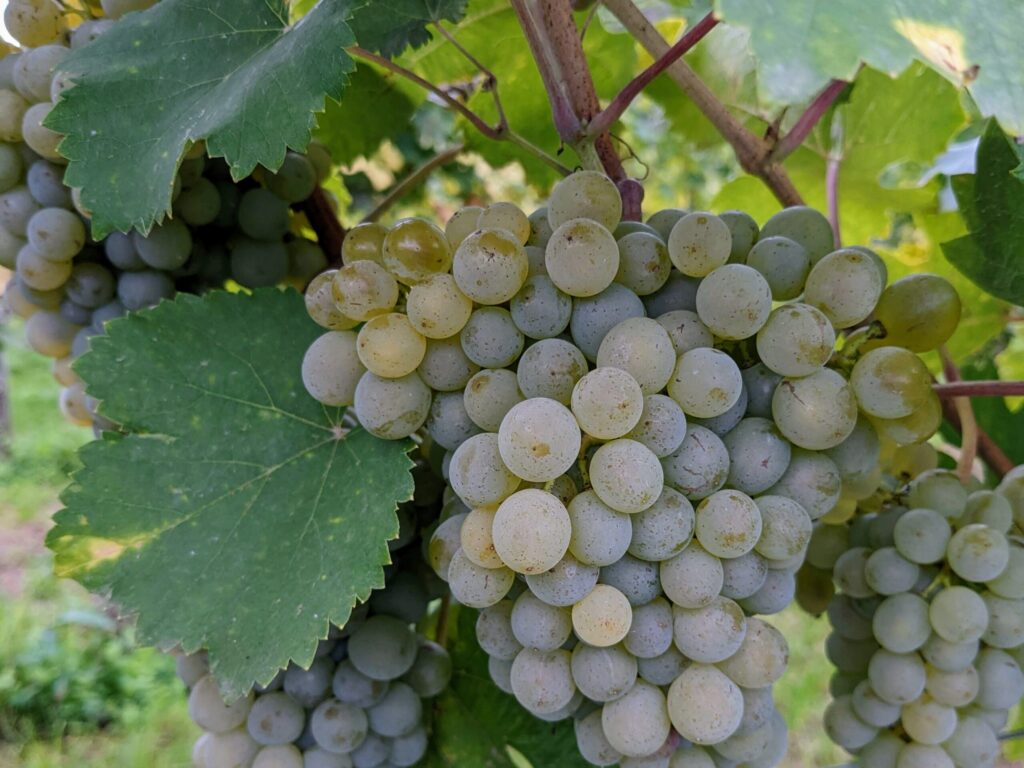
What is Grüner Veltliner wine? The elevator pitch...
What growing conditions does Grüner Veltliner need to thrive?
Grüner Veltliner is thought to be indigenous to Austria, so, no surprise, it grows best in the relatively flat parts of north eastern Austria. Opulent and rich GVs flourish along the Danube valley loess belt stretching east of Krems, while it is also planted on primary rock in regions including the Wachau, to produce a leaner, meaner, more mineralic style. Loess, by the way, is a deep soil composed of tiny wind-blown silt and clay particles which accumulate over many years. Loess retains water relatively well.
Where does Gruner Veltliner wine grow?
Niederösterreich (that’s Lower Austria to you and I) is the spiritual home of Grüner Veltliner, and in the relatively flat north east of Austria it has DAC status (Districtus Austriae Controllatus – equivalent to a protected designation of origin or PDO) in several wine regions, including the Wachau, the Kremstal, the Kamptal (all river valleys), Wagram, and the rather modestly named Weinviertel (which literally translates to the ‘Wine Quarter’). Agreed… anywhere that has wine in its name clearly has no regard for managing expectations. Aside from Austria, it can also be found in small quantities in the Czech Republic, Slovakia, Hungary, Italy and Australia. I’m sure that several wineries are experimenting with Grüner in other parts of the world too, as its reputation is growing rapidly.
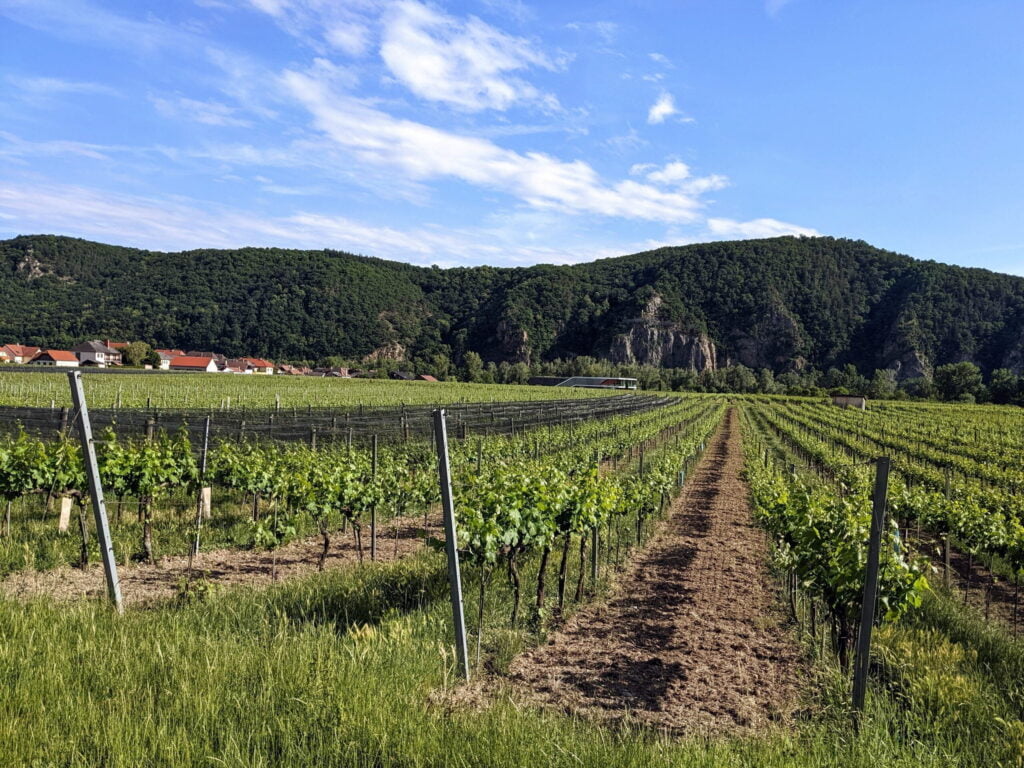
Gruner Veltliner Characteristics
Gruner Veltliner characteristics are many and varied, and they really depend on what style of wine has been made and what you’re in the mood for. However, there are some pretty consistent things to try to keep in mind…
1) When young, GV is bursting with acidity, with notes of green apples, lemon, lime, celery and a spiciness most akin to white pepper or radish. These young, aromatic, fresh and fruity wines which are best drunk early i.e straight after its release up to 2 years. These wines will typically be lighter in alcohol and thus relatively easy to drink. Very young GVs are often mixed with fizzy water to make Austrian white wine spritzers.
2) When older, Grüner Veltliner becomes opulent and powerful which makes it a match for all but a few of Austria’s most hearty dishes. These bolder, late harvested grapes make for higher alcohol wines with more complex flavours, often also as a result of longer maturation periods, either in oak or stainless steel, and then in the bottle. The high acidity of GV means that it ages well, as over time the balance between acidity, tannins and sugar balance each other out to produce complex and very interesting flavours. Often evolving into pineapples and cream, older GV’s have a distinct baroque feel to them. Yes, I know, describing a wine using the word baroque goes against all my instincts, but once you’ve tried a high quality aged Gruner Veltliner wine hopefully you’ll know what I mean. In my mind, it has almost a regal, imperial note to it, which (kind of!) makes sense considering that Austria was also the home of the Hapsburg empire for so long, and if not, well, it probably just reflects how much I’d already tasted by that stage.
Gruner Veltliner Food Pairings
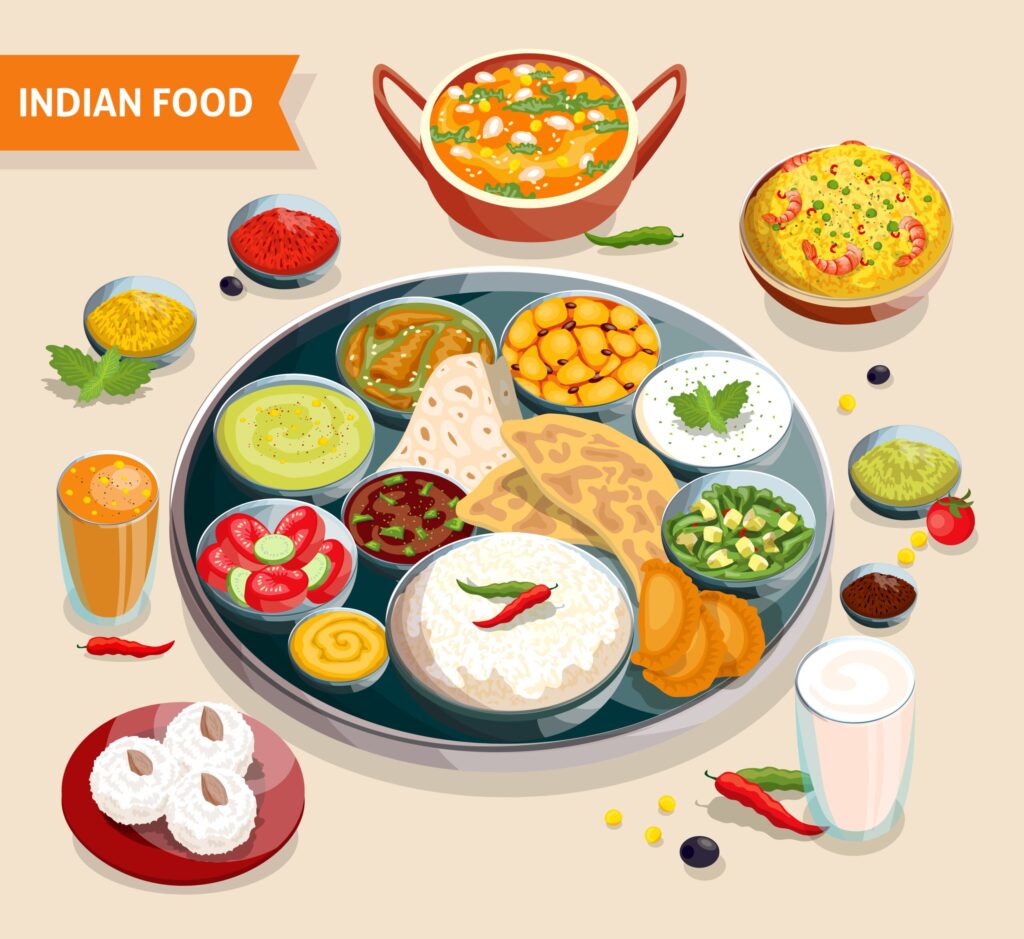
Gruner Veltliner food pairings needn’t be too complicated, just think along the lines of fragrant, spicy, vegetarian or porky dishes:
- Austrian cuisine – no great surprise here really. Austrians eat the most meat per capita in the whole of the EU, and yes, it’s mostly pork dishes like Schnitzel, Pork Stelze, Kümmelbraten (pork belly). Naturally, the wine they produce has evolved to complement this over the years.
- Asian cuisine: (fragrant Thai & spicy Indian)
- Grilled or roasted vegetables: green beans, asparagus, brussel sprouts, courgettes
- Seafood (grilled fish and shrimp, crab, lobster, scallops)
- Summer salads with vinaigrette dressings (don’t be scared of bitter greenery with GV i.e. kale, rocket)
Three dishes to try with Austrian Grüner Veltliner…
- Roasted pork belly with dumplings and sauerkraut
- Grilled asparagus
- Thai green curry
Where to buy Gruner Veltliner in the US?
As we like to focus on all things slow, if you’re in the US then check out the Organic Wine Exchange, as they have an exceptional selection of curated Grüner Veltliner from organic producers in the most characteristic of Austrian regions, including the Kamptal, Weinviertal and other locations in Niederösterreich.
Where to buy Gruner Veltliner in the UK?
In the UK, we recommend checking out either The Great Wine Co, who feature several high quality examples of Austrian Grüner Veltliner from the Wachau and the Weinviertal in Lower Austria, which is where the best Gruner Veltliner wine is produced, or Laithwaites, who have been importing wines into the UK since their founder Tony began doing it for family and friends back in 1969. They have both old (Austria) and new (Australia) world Grüner for you to compare.
Where to buy Gruner Veltliner in Ireland?
In Ireland check out 8 Wines who have an unbelievable collection of Grüner Veltliner that rivals that of any other wine merchant out there. The luck of the Irish reigns true here considering the value and range available within the EU market compared with the rest of the world.
Where to buy Gruner Veltliner in Australia?
For Australian readers, check out Laithwaites Australia, as they also have a couple of good examples of Austrian Grüner to choose from. As one of the bigger hitters in the wine game they also offer very competitive prices and a big selection of both red and whites wines from around the world.
Where can I go to taste Grüner Veltliner wine?
Venture Vienna offer a once in a lifetime kayak tour through the gorgeous Wachau Valley, which, as mentioned above, is widely considered one of the finest Grüner Veltliner producing regions in the world. Grüner is given top billing during our wine tasting on this tour, along with the equally spectacular Riesling that thrives on the higher slopes of the valley. Austrian white wines in particular are terrific so if you’re ever in town then do check out the Wachau Valley Kayak Tour.
If being active on your vacation doesn’t really sound like fun to you, then we’d recommend just hiring a car and heading out to the valley yourselves to stay a couple of nights. Once there you could visit Domaine Wachau just outside the gorgeous hamlet of Dürnstein. In their large tasting room there are informative wall displays and lots of cheery staff who impart their knowledge about what it is you are drinking and where it came from. Domaine Wachau act as a cooperative for many of the valley’s weekend growers, who typically possess tiny plots. Essentially they are keeping alive the tradition of wine making for those families who it no longer makes economic sense to do so, so kudos to them. They probably also make a sh*t ton of money from it too, though. Alternatively, check out the neighbouring Kremstal or Kamptal wine valleys, as well as Wagram and the Weinviertal. Frankly, the entire north eastern corner of lower Austria, from the Wachau eastwards, is prime Grüner Veltliner land.
Gruner Veltliner Wine - the CEO of Austrian white wines
We hope that our guide has given you a better understanding of what makes Gruner Veltliner wine the undisputed boss of Austrian white wines. From what it tastes like, where it comes from, what to pair it with, and where you can drink some very fine examples of it. So go ahead and get yourself some GV – you won’t be sorry. And if you fancy taking on Reisling next, then check out our guide to that here, and don’t worry, it’s actually REALLY good and nothing like what you may have had before…as can be said for most Austrian white wines these days!


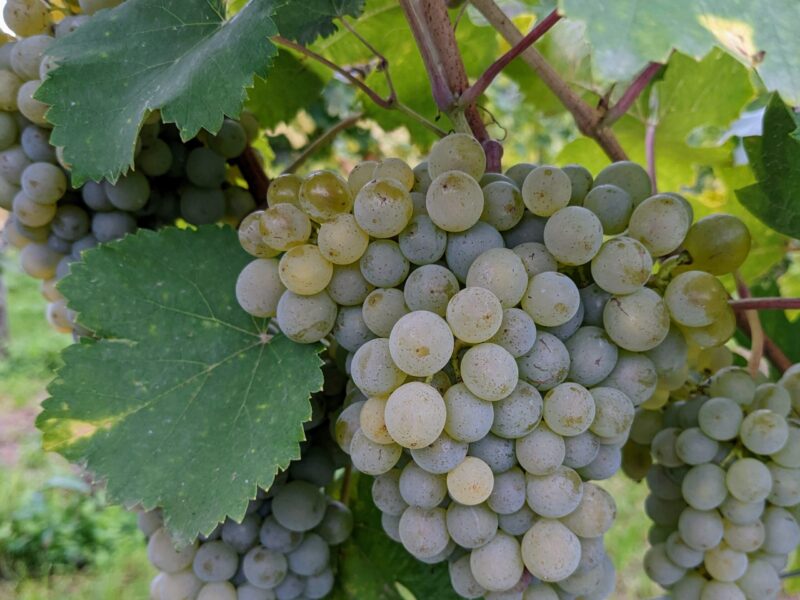
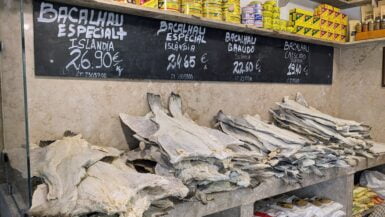
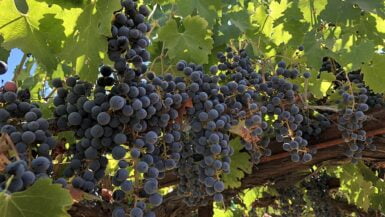
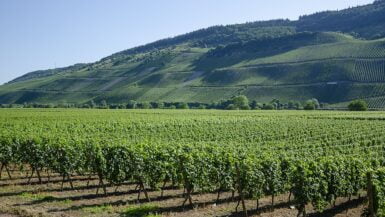
Leave a reply